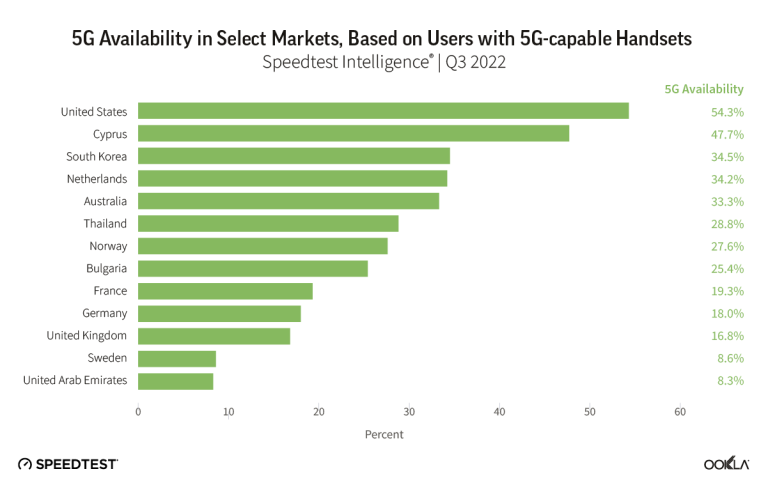5G Network Slicing: Real-World Use Cases & Benefits
telcomatraining.com – The rapid advancement of 5G technology has introduced groundbreaking innovations, with network slicing emerging as one of its most transformative features. 5G network slicing enables telecom operators to create multiple virtual networks within a single physical infrastructure, optimizing resources and tailoring connectivity for specific applications. This article explores real-world use cases and the benefits of 5G network slicing in different industries.
What is 5G Network Slicing?
5G network slicing is a technique that allows operators to partition a single network into multiple independent, customized virtual networks. Each slice can be configured to meet specific service requirements, such as latency, speed, security, and bandwidth. This flexibility makes it ideal for a variety of industries requiring specialized connectivity solutions.
Real-World Use Cases of 5G Network Slicing
1. Smart Cities
Smart cities rely on interconnected devices, sensors, and data analytics to improve urban living. With 5G network slicing, city administrators can allocate dedicated slices for traffic management, public safety, and environmental monitoring. For example, emergency response systems require ultra-reliable, low-latency connectivity, while smart traffic lights benefit from high-bandwidth, low-latency connections.
2. Healthcare and Telemedicine
Telemedicine has gained immense traction, especially post-pandemic. 5G network slicing ensures that remote healthcare services have dedicated, high-quality network resources. For example, remote surgeries using robotic systems demand ultra-low latency, while video consultations require stable, high-speed connectivity. By segregating these services, network slicing enhances efficiency and reliability in digital healthcare.
3. Autonomous Vehicles
Self-driving cars and connected vehicles need real-time data exchange with low latency to function safely. 5G network slicing allows dedicated slices for vehicle-to-vehicle (V2V) and vehicle-to-infrastructure (V2I) communication. This ensures that autonomous navigation, collision avoidance systems, and smart traffic coordination operate seamlessly without interference from other network activities.
4. Industrial Automation and IoT
Industries implementing smart factories and IoT-driven automation require highly reliable and secure connectivity. 5G network slicing allows manufacturers to assign separate slices for robotics, predictive maintenance, and quality control systems. This results in improved efficiency, reduced downtime, and enhanced safety in industrial environments.
5. Entertainment and Cloud Gaming
The entertainment industry, especially cloud gaming and virtual reality (VR), benefits significantly from 5G network slicing. High-bandwidth, low-latency connections ensure an immersive gaming experience without lag. By prioritizing gaming traffic within a dedicated slice, users can enjoy seamless gameplay, while other network services remain unaffected.
Key Benefits of 5G Network Slicing
1. Enhanced Network Efficiency
By dividing a network into slices, resources can be allocated optimally, ensuring that each application gets the required bandwidth, latency, and security without overloading the infrastructure.
2. Improved Security
Different industries have unique security needs. Network slicing allows service providers to implement customized security protocols for each slice, reducing vulnerabilities and protecting sensitive data.
3. Lower Latency
Real-time applications, such as autonomous vehicles and remote surgeries, require ultra-low latency. Network slicing ensures these services have dedicated resources to meet latency demands efficiently.
4. Cost-Effectiveness
By utilizing a single infrastructure to support multiple customized networks, operators can reduce costs associated with building separate physical networks for different applications.
5. Greater Flexibility & Scalability
5G network slicing allows businesses to scale and adapt quickly to evolving digital demands. As new applications emerge, network slices can be dynamically reconfigured to support future technologies without overhauling the entire infrastructure.
Conclusion
5G network slicing is revolutionizing industries by providing customized, efficient, and secure connectivity solutions. From smart cities and healthcare to autonomous vehicles and entertainment, this technology enhances network performance while reducing costs. As 5G adoption continues to grow, network slicing will play a crucial role in shaping the future of connectivity. Businesses and service providers should explore this innovative approach to unlock the full potential of 5G technology.







